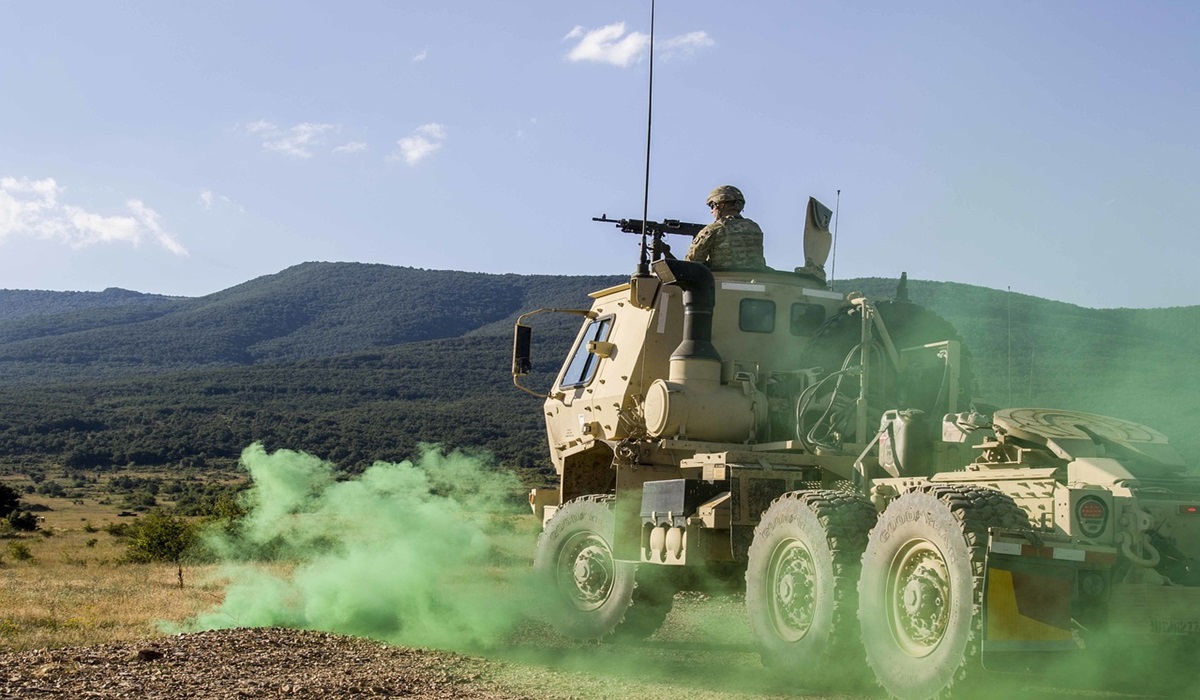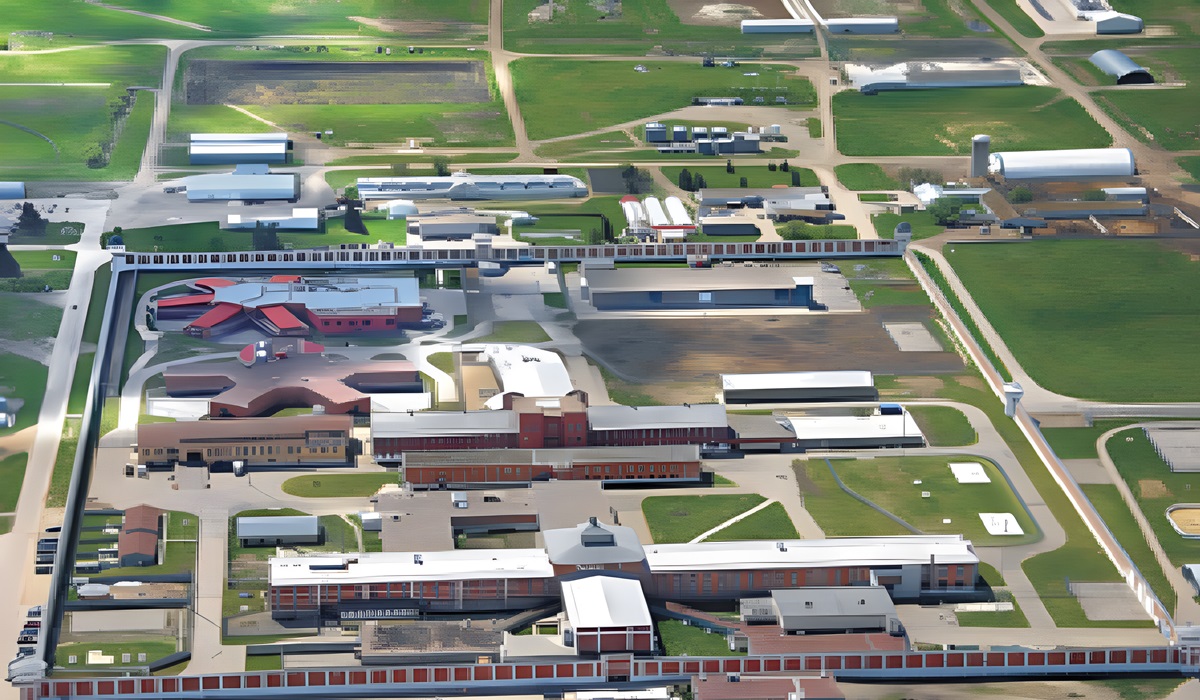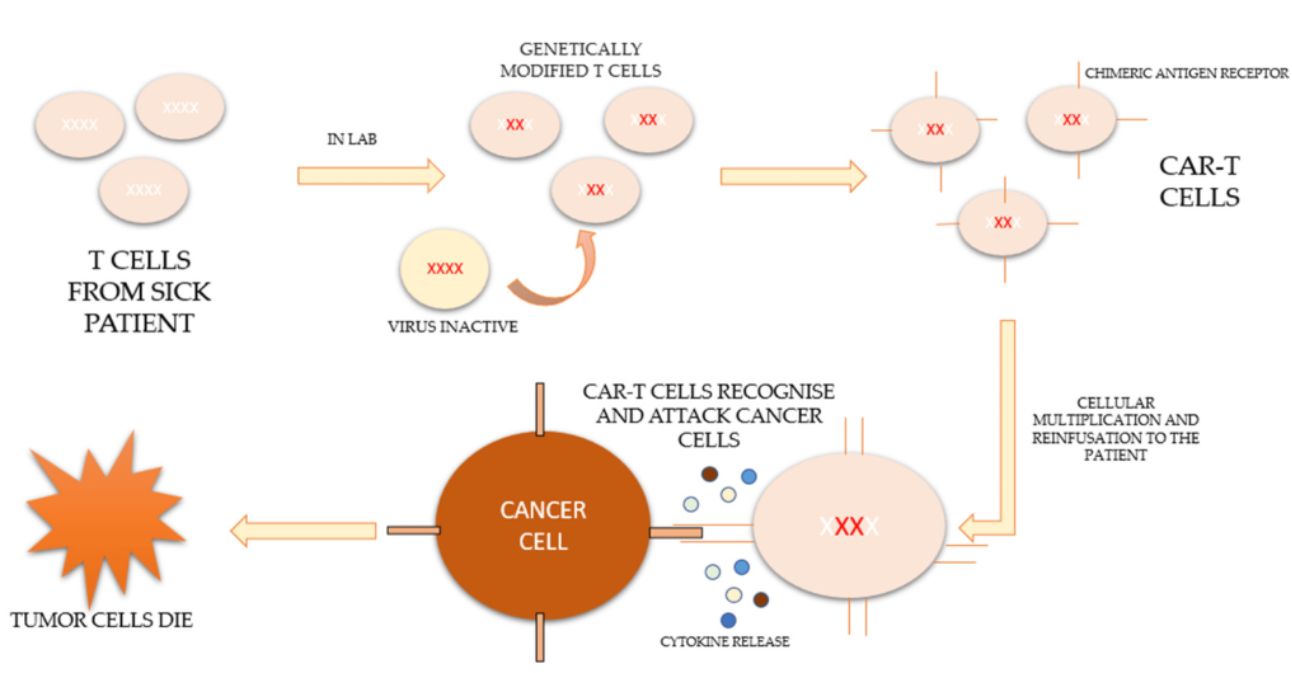Ukraine’s NATO Bid: Catalyst for Conflict or Peace?
- Ingrid Jones
- D.O.C Supplements - Trending News
- World News
- April 8, 2024

Image credit, Military_Material
The recent indications from the US Secretary and NATO regarding Ukraine’s potential membership in the organization mark a significant shift in policy. In the past, NATO has been cautious about including Ukraine due to various geopolitical considerations. However, the dynamics have changed, prompting a reconsideration of Ukraine’s inclusion.
One factor contributing to this change may be Ukraine’s persistent efforts to join NATO, which have gained momentum in recent years. Additionally, there may be a reassessment of the security situation in Europe, particularly in light of Russia’s actions in Ukraine.
However, the prospect of Ukraine joining NATO does not automatically trigger Article 5, which stipulates that an attack on one member is considered an attack on all members. Given the ongoing conflict in Ukraine, it’s unlikely that NATO would immediately engage militarily if Ukraine were to become a member.
The idea of Russia feeling encircled by NATO expansion is not new and has been a point of contention for years. Russia’s potential reaction to Ukraine joining NATO could indeed escalate tensions and lead to further aggression in the region.
The unfolding situation in Ukraine underscores the complexities and risks involved in international relations and military strategies. There are divergent perspectives on the conflict, with some portraying Ukraine’s resistance as valiant and others suggesting that Russia has already achieved its objectives.
Ultimately, finding a peaceful solution to the conflict that satisfies the interests of Ukraine, Russia, and other stakeholders is paramount. This may require diplomatic efforts to de-escalate tensions and address underlying grievances without further exacerbating the situation through external intervention.








